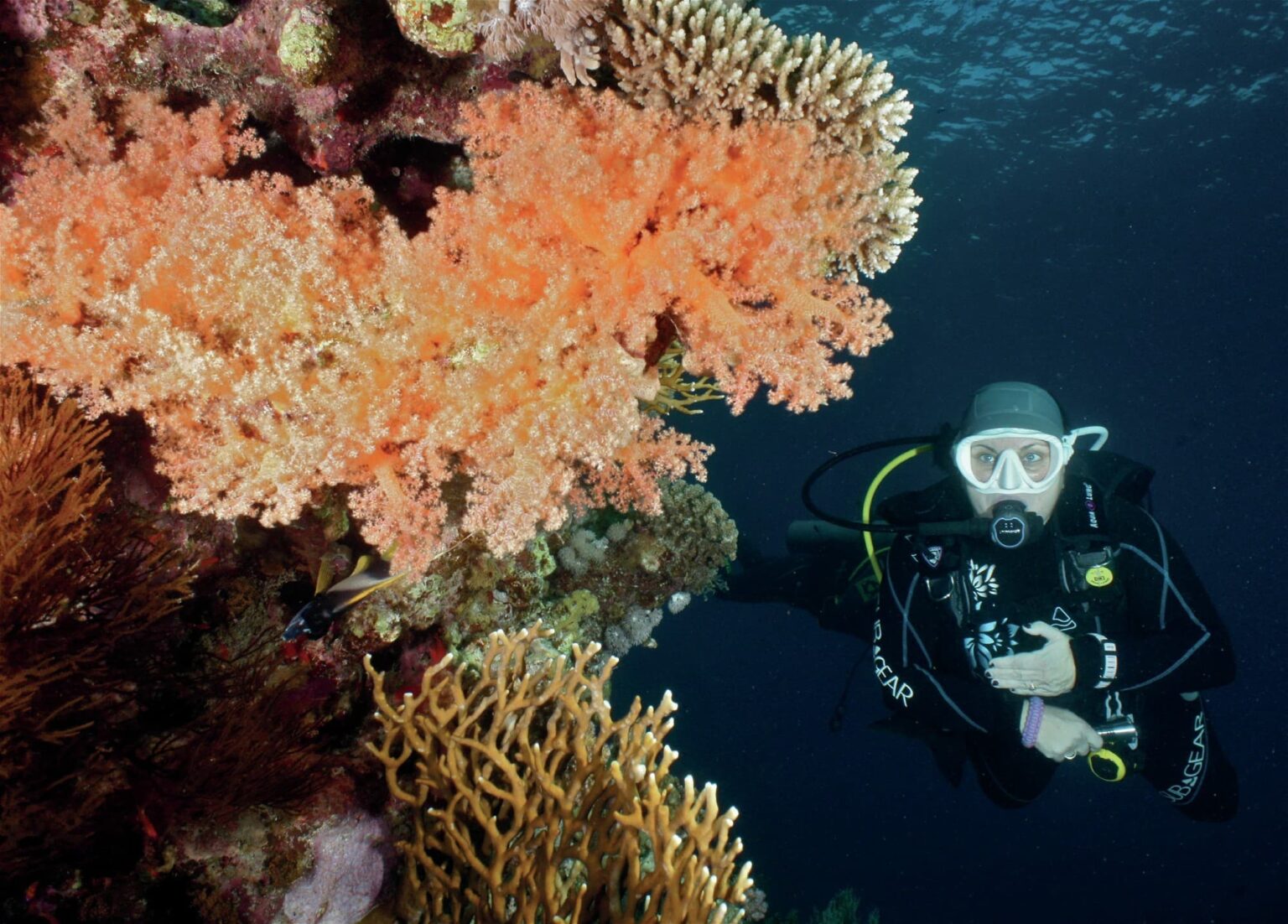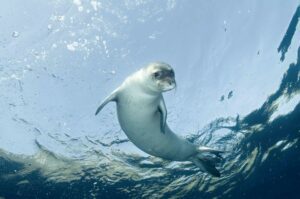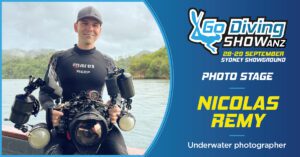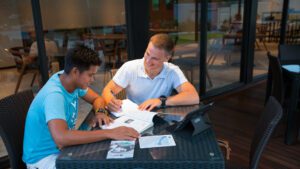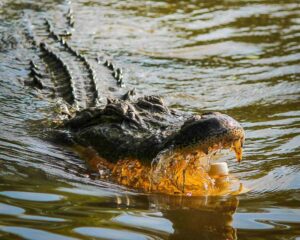A Trip to Tulamben: The Liberty Wreck Dive
I was on a trip to Tulamben (a small fishing village on the north-east coast of Bali) to dive the Liberty wreck for three days. The first day was recreational dives followed by two days of technical diving. I had a cold and sinusitis leading up to the trip, but they had cleared up four days before my departure.
Battling Weather Conditions and Discomfort
Weather conditions were terrible on the first day. A storm set in, and we had to abandon the third of our planned dives. On the second morning, we headed to the Liberty. I did a leisurely swim before the dive to stretch my muscles. The dives were uneventful, and that night I had a quiet dinner and retired early. Unfortunately, the power went out early, and I didn’t sleep well since it was hot and muggy.
Dive Day 2: The Challenge Begins
The following day I woke up feeling sore and sleepy. I did a quick yoga session to ease my sore hips and shoulders. There wasn’t much to see on the first dive that day.
A Dive Gone Wrong: The Onset of Decompression Sickness
Before entering the water on our second dive, I had a slight headache and saw shimmering lights. I thought I could fix it by eating something, so I had an energy gel before proceeding with the dive. I’m used to pushing through pain and discomfort on long-distance swims, but I should not have had the same attitude about a dive.
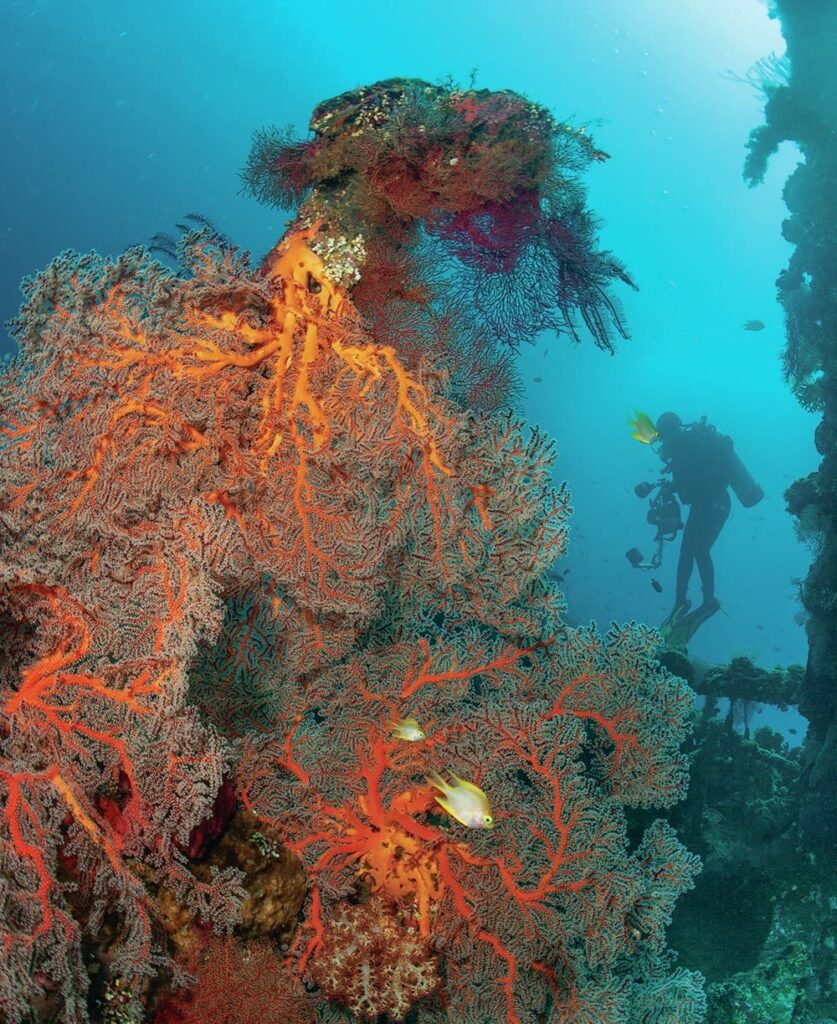
During the descent I felt a slight pain in my left ear, but I wasn’t alarmed since I usually have some difficulty equalising. I can generally equalise by swallowing, but I had to use the Valsalva manoeuvre. When we reached about 30m, I noticed the downcurrent suddenly increasing. It pushed us down to 39m, where it turned vicious. I managed to hold on to a rock, but the current didn’t subside, so I kicked my way back to about 35m, where my dive guide was also holding a rock. The current was much stronger than I thought. Exhausted from the short time it took me to get back, I was panting heavily, and my head was reeling. We spent ten minutes at 30m before heading to our decompression stop. Instead of staying still, I gently finned my way back to the shallows at 6m. I was tired and wanted to end my decompression as close as possible to the egress point, which I now realise was a mistake.
Back on the surface, the first thing I noticed was my difficulty breathing. It felt as if a tight belt was strapped across my chest. After a few minutes I started feeling dizzy; when the shimmering lights returned, I knew I was in trouble. I told my dive guide how I was feeling. He asked me to sip water and rest, but when my right arm started tingling and I had trouble clenching that fist, I knew I had decompression sickness (DCS). The dive guide had me lie down in the van and breathe oxygen from a demand valve. My arm felt normal within a few minutes, but I soon developed severe vertigo and had to stop. Every time I turned my head to the left, I felt a huge rush of nausea.
The Importance of Immediate Treatment and Support
My guide called the dive shop and asked them to call DAN, who recommended immediate treatment. I am very grateful for DAN’s advice, because my guide dropped everything to take me to the hospital. By the time we got there I could not sit up without assistance due to vertigo. The nurses whisked me away to the emergency room and put me on an IV and oxygen. I vaguely remember having an X-ray and being moved to a private room.
It is a testament to DAN’s efficiency and reputation that the hospital didn’t once bother me about payment. I was on oxygen all night with occasional breaks for air since the hyperbaric doctor wouldn’t be there until the morning. The first thing she did was tell me I would be just fine. What a relief! On the first day I had a Navy Table 6 treatment, after which I could walk unsupported but was still unsteady. I had two more treatments, and although my DCS resolved, the doctor advised me not to fly for a week, so I stayed in Bali to recover.
If DAN hadn’t stepped in, I don’t know if I would have gone to the hospital that night, and I would have struggled to arrange to get the money for the hyperbaric chamber treatments in time.
Recovery and Lessons Learned
Three months after my incident, I have no lingering symptoms in my arm and have been exercising regularly in the gym and sometimes swimming. I still have an occasional bout of vertigo, but it’s just light-headedness more than actual dizziness.
The doctors say it can take up to six months for the innerear damage to heal. Considering everything, I was lucky to get off easy. Things could have been much worse had I not been immediately given oxygen after the first onset of symptoms and if DAN hadn’t been involved to ensure I was in the chamber as soon as possible. Otherwise, I might have ended up with permanent damage.
I am very grateful to the dive shop and DAN for their quick action to get me the treatment I needed.
Discover More About Diving Health and Safety with DAN
For an extensive range of diving health and safety information and downloadable resources, research studies, incident summaries, and free e-Learning courses, take the time to explore DAN World’s new website.
World DAN Organization Website
This article was originally published in Scuba Diver ANZ #51.
Subscribe digitally and read more great stories like this from anywhere in the world in a mobile-friendly format. Link to the article
